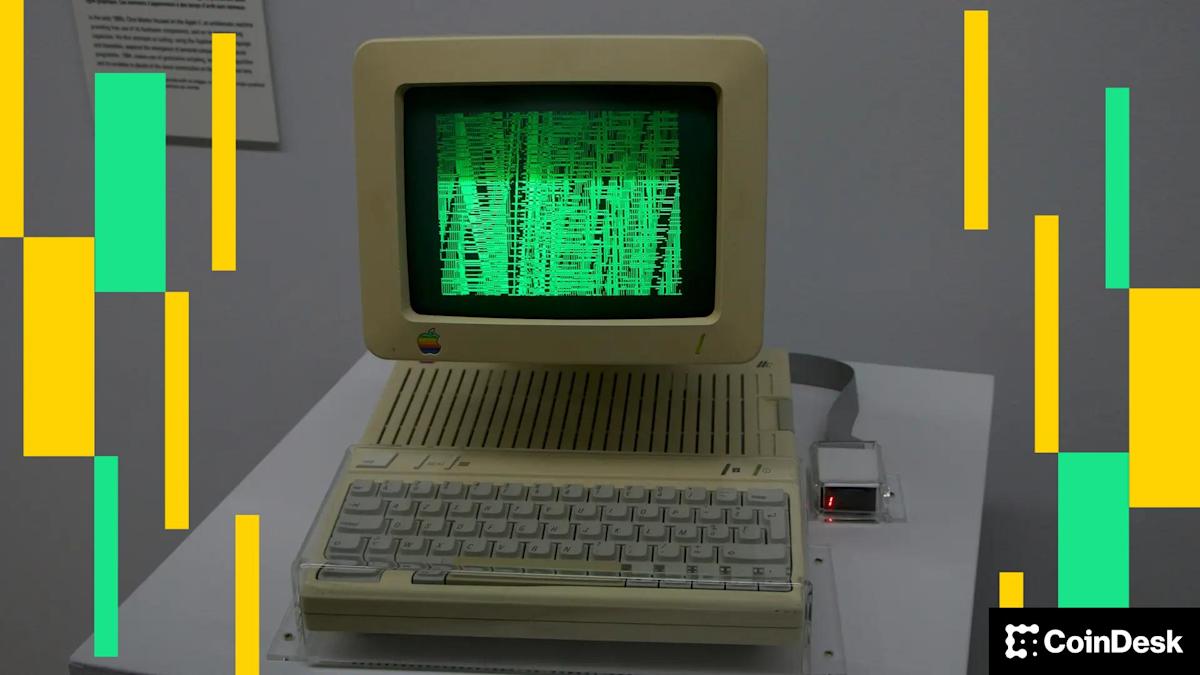The AWS Outage Shows Why Crypto Can’t Keep Relying On Centralized Infrastructure
Yet again, the digital economy was caught off guard when Amazon Web Services suffered its second major outage this year on Oct. 20, crippling exchange platforms like Coinbase and Robinhood and the analytics service Coinmarketcap. It was followed by a second, smaller outage just 10 days later.
According to Amazon’s initial report, the Oct. 20 outage was caused by a malfunction affecting one of its internal subsystems that manages its domain name service, leading to connectivity issues in multiple services. It resulted from a faulty update, and it ended up taking out Amazon’s critical U.S.-East-1 region. This is a massive hub of servers that powers many of the country’s top internet services. For two hours, numerous trading platforms, streaming services, payment providers and gaming networks were inaccessible to users globally.
No doubt, Amazon’s engineers were working overtime to try and fix the outage, and to the company’s credit the vast majority of services that reported problems were back online within a couple of hours. But the incident once again highlights the hazards of relying on centralized infrastructure, coming just months after a similar outage in Amazon’s eu-north-1 region. Going offline causes pain in just about every business, but for the crypto industry, where billions of dollars in value are traded by the hour, such events are unacceptable.
Although it’s quite rare for centralized cloud platforms like Amazon to go down, it does happen from time to time. And when it does, the impact is very often monumental, affecting millions if not billions of people globally. A case in point, just six months earlier, Amazon suffered a similar disruption, taking out two of the world’s biggest crypto platforms — Binance and Kucoin — for several hours. Amazon isn’t alone in this either, for rival clouds like Google and Microsoft Azure have suffered crippling outages of their own. In fact, Azure was down for several hours on Oct. 29, with reports suggesting it took offline numerous websites and online services.
The problem with centralized infrastructure is that it’s, well, centralized. The weakness of these platforms is that they introduce single points of failure, due to the way they rely on critical components that, if taken offline, cause the entire system to come crashing down. It might be as simple as something like a computer server or a database that contains vital configuration settings, or a lone network connection that lacks redundancy. These vulnerabilities exist in every cloud, and no matter how diligent operators are they’ll always present a risk.



Leave a Comment
Your email address will not be published. Required fields are marked *